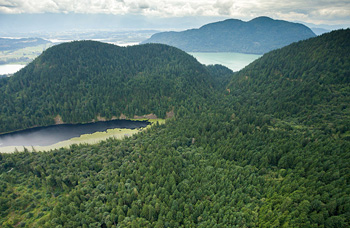
Slideshow Presentation: The Ecology and Politics of BC’s Endangered Old-Growth Forests

VIDEO: Protect Echo Lake Ancient Forest
Echo Lake is a spectacular, unprotected, lowland ancient forest near Agassiz, BC on the east side of the Lower Fraser Valley. It is in the unceded territory of the Sts'ailes First Nations band (formerly the Chehalis Indian Band).
The area is home to perhaps the largest concentration of bald eagles on Earth, where thousands of eagles come each fall to eat spawning salmon in the Harrison and Chehalis Rivers and hundreds roost in the old-growth trees at night around Echo Lake.

Manage forests for the future
As it looks for ways to shore up the province's timber industry, the B.C. government is in danger of not seeing the forest for the trees.
Is it possible to have a healthy forest and still harvest timber? Of course - not only is it possible, it's essential. Using up the timber supply faster than it can be replenished means the end of the forest, the killing of the goose that lays the golden egg. No forests, no lumber industry, no jobs.

Vancouver’s East Side Games join cause to protect bald eagle habitat
East Side Games CEO Jason Bailey announced Wednesday that the company has given a “significant” cash donation and will provide online social media support for the Ancient Forest Alliance (AFA).
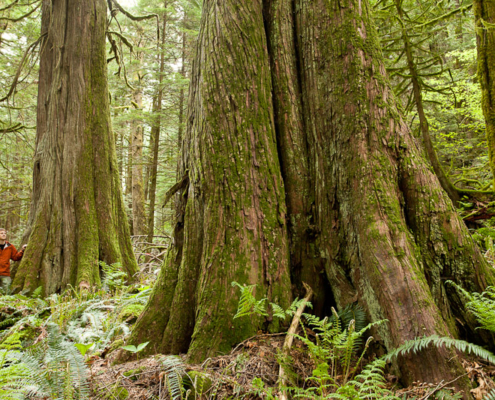
Video-game firm joins effort to protect bald eagle habitat
East Side Games announced its support for the Ancient Forest Alliance initiative during a news conference Wednesday. Jason Bailey, the video-game company’s chief executive officer, said he is writing a “significant” cheque to the environmental group. But he said the company’s contribution won’t stop there.
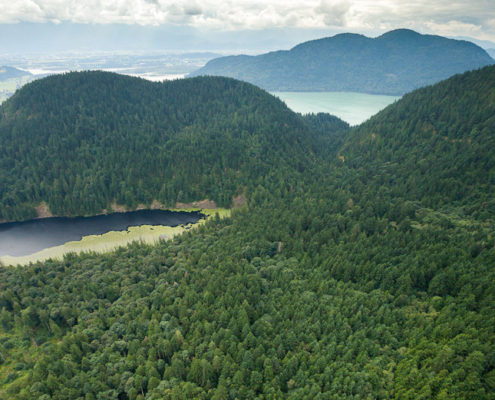
Vancouver Tech Company throws its Weight behind Saving BC’s Old-Growth Forests and Bald Eagle Habitat
East Side Games and its over one million Facebook fans weigh-in to support the Ancient Forest Alliance’s campaign to protect Echo Lake, a rare, lowland old-growth forest near Mission and the world’s largest eagle night roosting site, and to protect ancient forests across BC – challenges other BC tech companies to do the same
The campaign to protect British Columbia’s endangered old-growth forests has gained a unique and powerful new supporter: East Side Games is an independent, Vancouver-based tech company that specializes in developing online games for social media and mobile platforms and that has over one million Facebook fans around the world. It is the largest social and mobile game developer in Vancouver.
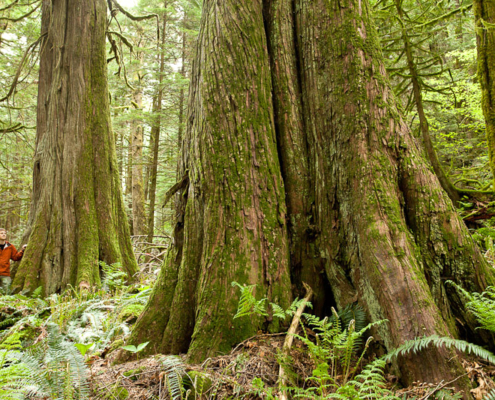
*ACTION ALERT* Save Echo Lake’s Ancient Forest! Globally significant bald eagle habitat
Echo Lake is a magnificent, unprotected, lowland ancient rainforest in British Columbia between Mission and Agassiz in the Fraser Valley, about a hundred kilometers east of Vancouver. The region is home to perhaps the largest concentration of bald eagles on Earth, where thousands of eagles come each fall to eat spawning salmon in the Harrison and Chehalis Rivers and hundreds roost in the old-growth trees at night around Echo Lake.
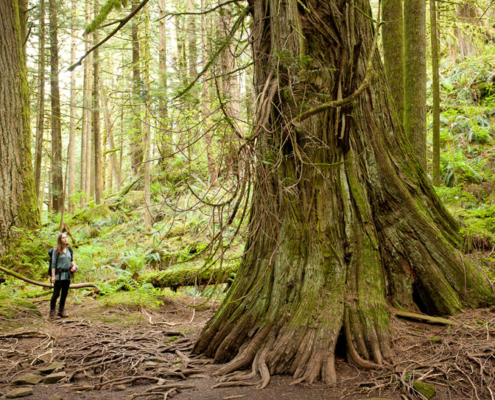
Campaign Launched to Protect Rare Lowland Old-Growth Rainforest and Internationally Significant Eagle Roosting Area east of Vancouver
Conservationists with the Ancient Forest Alliance (AFA) have launched a new campaign to fully protect one the last endangered lowland old-growth forests left in the Lower Mainland at Echo Lake east of Mission, as part of the organization’s larger campaign to lobby the BC government for a new Provincial Old-Growth Strategy to save endangered old-growth forests across the province.
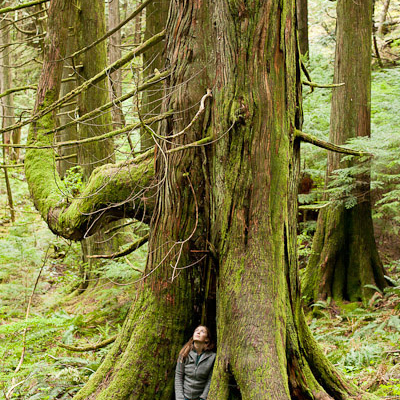
Group aims to protect eagles’ night roost
But now an environmental group, the Ancient Forest Alliance, and a landowner who has property adjacent to the roosting trees are working together to publicize the area, in the hopes of saving it from logging.
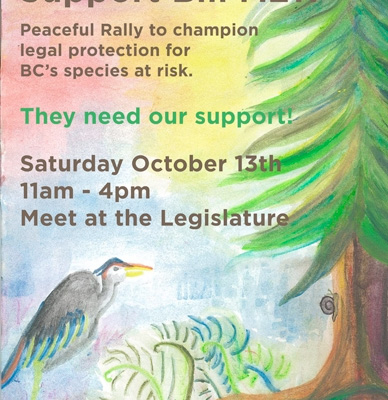
Saturday: Cortes Youth Champion Bill M211; The Species At Risk Protection Act
Youth from Cortes Island, BC are hosting an educational rally on the legislative grounds in Victoria this coming Saturday, October 13 from 11 am – 4 pm. Forest lands on Cortes Island threatened by industrial logging prompted the youth to research out what protection, if any, was afforded the numerous species at risk making these forest lands their home.
